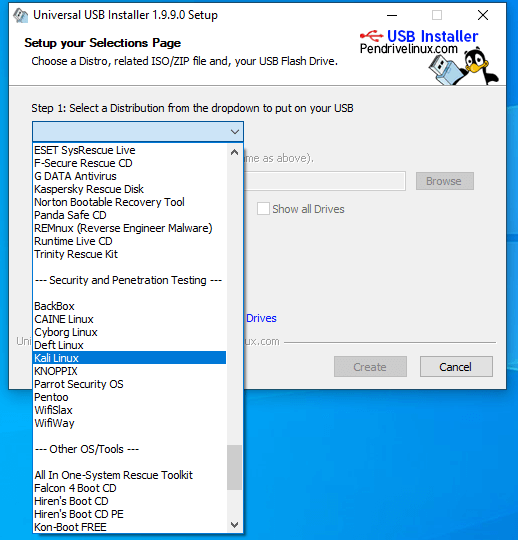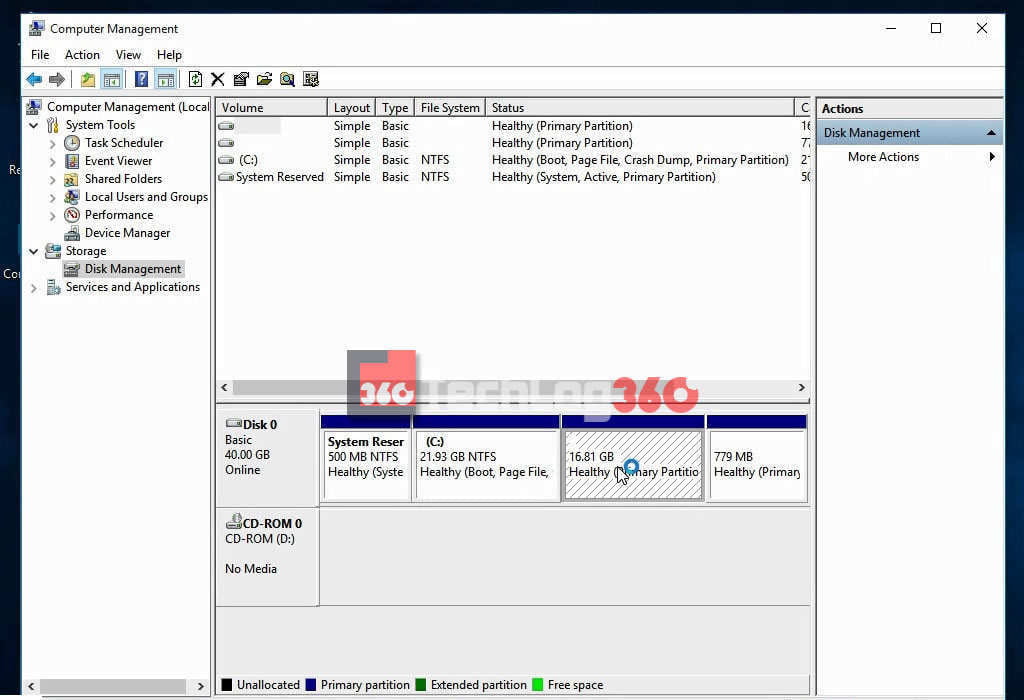

When the image selection process is complete, remove the USB device from the Windows machine safely.

Select the Kali Linux ISO file and verify that the overwritten USB drive is correct. Note to specify which drive (eg 'F:') is used when mounting and starting the downloaded Win32 Disk Imager software.Ģ. Plug the USB drive into the available USB port on Windows PC. The specifics of this process will vary depending on whether you are performing this process on Windows, Linux or OS X systems.Ĭreate Kali USB drive that can boot on Windowsġ.
#Kali linux usb boot how to
Link to download Win32 Disk Imager: How to install USB Live Kali Linux Systems with direct SD card slots can use SD cards of similar capacity. On Linux and OS X, you can use the dd command, which is preinstalled on those platforms. If you are running on Windows platform, you will also need to download the Win32 Disk Imager utility.The verified copy of the latest ISO file is appropriate for the system you will run on.What you need to create USB Boot Live Kali Linux To do this, we first need to create a bootable USB drive from a Kali Linux ISO file. It has continuity - with a little effort, you can configure the USB Kali Linux Live drive to store continuously, so the data you collect is saved on reboots.It is customizable - you can choose to burn your own customized Kali Linux file and insert it into the USB drive using the same procedure.

#Kali linux usb boot portable
It's portable - you can bring Kali Linux in your bag and run it in minutes on an existing system.It is not destructive - it does not change the hard drive of the installed system or operating system and to return to normal operation, you just need to delete the USB drive 'Kali Live' and restart the system.The most popular and fastest way to apply Kali Linux is to run it from a USB drive.


 0 kommentar(er)
0 kommentar(er)
